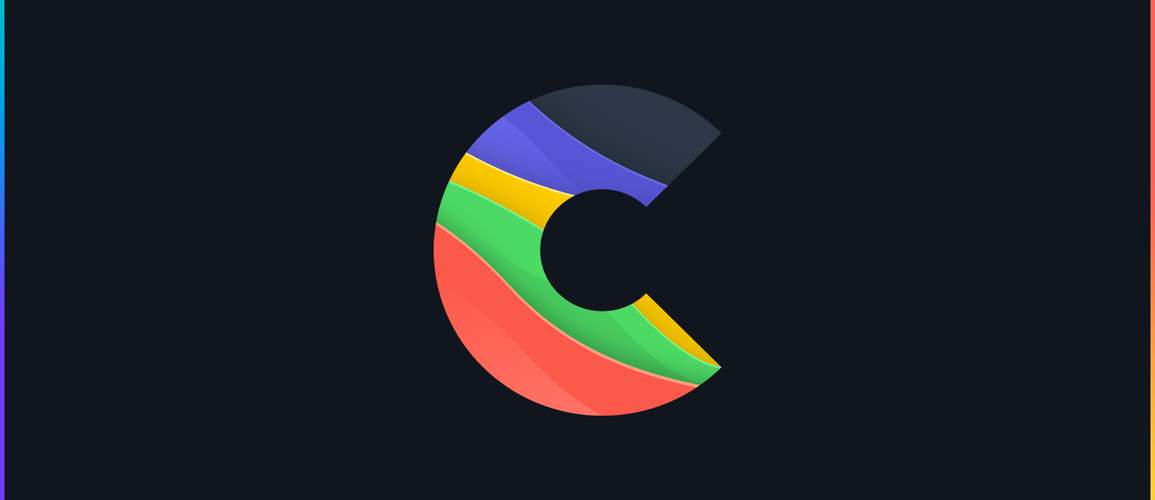


Rust and Rust Accessories.
I do youtube: https://www.youtube.com/c/chrisbiscardi
and Rust education: https://rustadventure.dev/
This profile is from a federated server and may be incomplete. Browse more on the original instance.


Rust and Rust Accessories.
I do youtube: https://www.youtube.com/c/chrisbiscardi
and Rust education: https://rustadventure.dev/
This profile is from a federated server and may be incomplete. Browse more on the original instance.